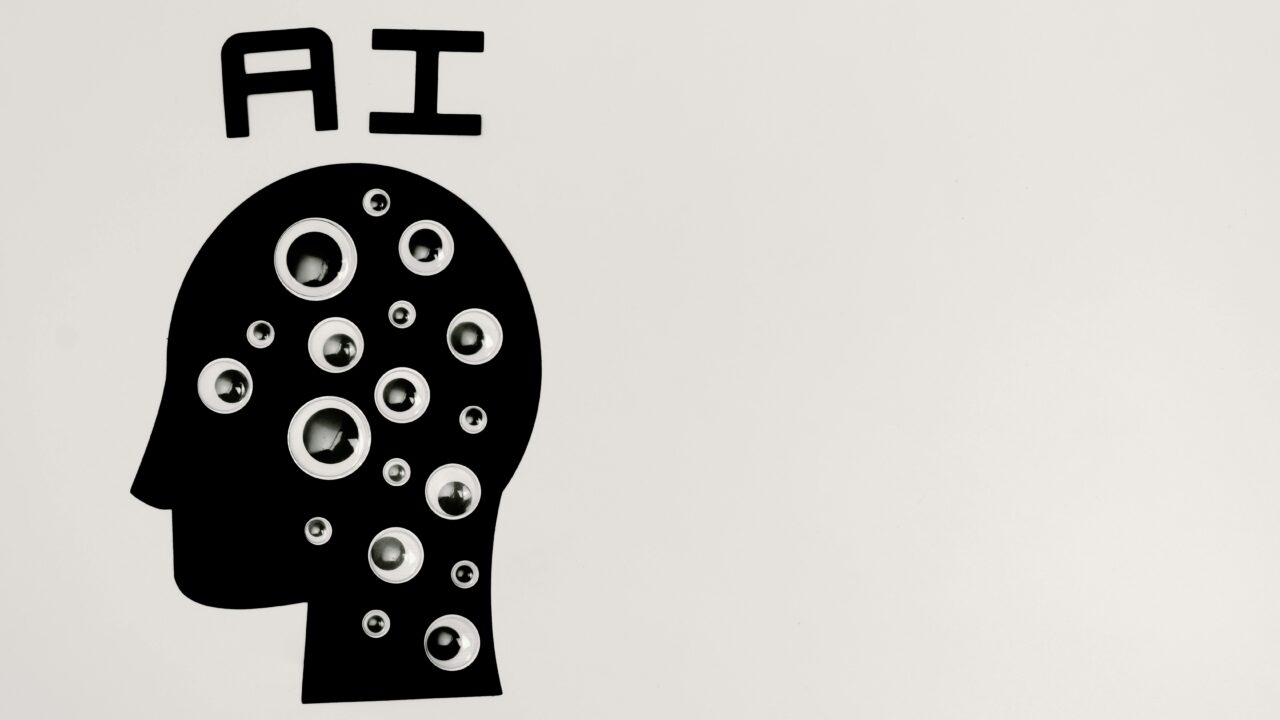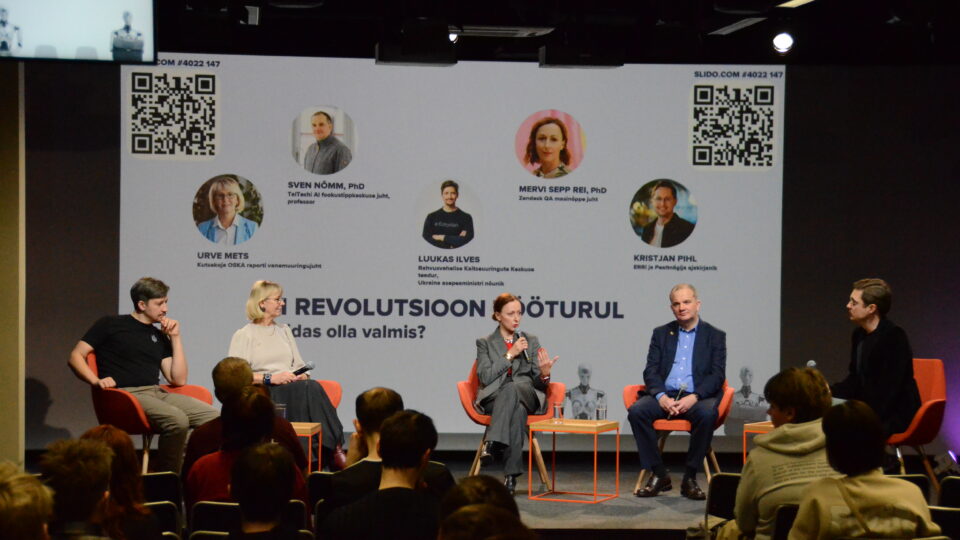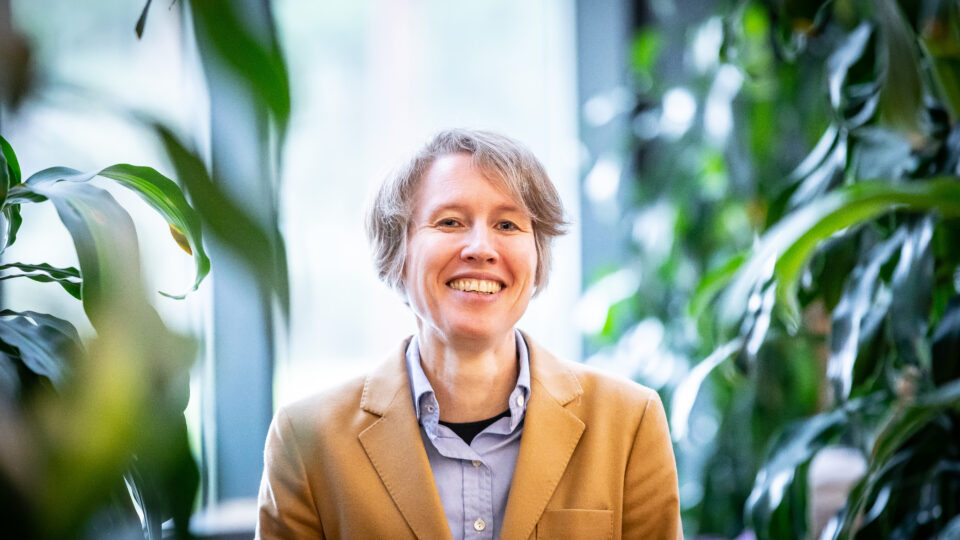Artificial intelligence doesn’t replace leaders, but those who know how to use it wisely will have a competitive advantage. Future leaders don’t wait for change – they lead it.
Top leaders in the spotlight
In Estonia, finding top leaders has always been challenging – it’s not a new phenomenon. “Good leaders are searched for with a candle – this process hasn’t changed much over time. Executive search and open competitions go hand in hand,” said Kütt.
The public sector is impacted by the fact that salaries are lower compared to the private sector. According to Kütt, this is compensated by the intrinsic value of the work: in the private sector, you earn a profit, while in the public sector, you influence the life of Estonia and its citizens. “With that comes greater responsibility, but also a greater impact.”
Kütt explained that the most important skills for a top leader are a clear vision of the future, persuasiveness, and self-confidence. A leader must be able to engage people, trust them in finding solutions, and create an environment where ideas and collaboration can flourish. Equally important is the ability to stay calm in crisis situations, analyse what happened, and learn from experience to perform even better in the future.
Many top leaders expect to be invited to apply, rather than actively seeking new challenges. “This is not related to a lack of ambition, but rather the time commitment. If you’re invited, it’s clear that the organisation sees potential in you and that your time is worth investing,” Kütt reflected on the advantages of executive search.
AI-era leader
The job market is increasingly influenced by artificial intelligence, but Kütt does not believe this threatens leadership positions. “Leadership involves complex strategic decisions and interpersonal relationships, which AI cannot fully replace.”
“Top leaders should understand AI’s possibilities and practice them personally. AI is being talked about more than ever before, and those who know how to use these tools effectively will be at an advantage.”
In the future, however, leaders will need to be well-versed in technological opportunities. “Top leaders should understand AI’s possibilities and practice them personally. AI is being talked about more than ever before, and those who know how to use these tools effectively will be at an advantage,” Kütt discussed.
Although many fear that AI will drastically alter the workforce structure, its impact is still limited at present. According to Kütt, much more is expected of AI on a macroeconomic level than it can actually deliver. “If AI could add a percentage or two to economic growth, that would already be a significant result.”

According to Kütt, top leaders should understand the possibilities of AI and practice them personally. Artificial intelligence is being talked about more than ever before, and those who know how to use these tools effectively will be at an advantage. Photo: Pexels
AI, education, and leadership – can educational institutions keep up?
According to Kütt, the success of future leaders lies in two key skills: critical thinking and collaboration. “Critical thinking helps understand real opportunities and risks. It’s also important to know how to communicate and collaborate with others,” she said.
For private sector leaders considering a move to the public sector, Kütt advises them to first understand the reality that awaits them. “In the public sector, you don’t have an owner or a traditional board. You work for the good of society, not just to increase the owners’ profits. This comes with a big responsibility, but also a huge opportunity to make a real difference.”
Higher education institutions need to adapt their curricula to better prepare students for a future job market where artificial intelligence plays an increasing role. Kütt believes the approach to AI should be practical and instructive, rather than prohibitive.
“There’s often a tendency to react too harshly to the use of artificial intelligence, as though students using it should be sent to the stake or expelled from university,” she noted. Instead, universities should teach how to use AI responsibly and ethically in both research and everyday tasks, so students can apply the technology consciously.
“There’s often a tendency to react too harshly to the use of artificial intelligence, as though students using it should be sent to the stake or expelled from university.”
Hybrid work is here to stay
Kütt explained that hybrid work has become the dominant work model in Estonia, with only the manufacturing and service sectors requiring a certain level of on-site presence. The prevailing model is half the week in the office and half at home. Kütt is convinced that hybrid work can no longer be “put back in the bottle.”
For leaders, hybrid work means setting clear goals and ensuring effective communication. “It’s not about agreeing on how work should be done, but about what needs to be done and by when. Communication among colleagues also has to be very clear,” she explained.
She gave the example of a company where team members had clearly agreed that messages sent via communication apps should be complete and sent all at once, rather than as broken-up sentences. This form of communication helps save time and reduces confusion.
Furthermore, the role of the office must be redefined. “The office is no longer just a place to sit behind a desk. If we come in, why are we here? Is it for collaboration, brainstorming, or team building? On-site presence should be purposeful.”
In conclusion, the modern workplace is constantly evolving, which means that future leaders will be those who can adapt, embrace hybrid work, understand the possibilities of AI, and know how to engage people effectively.




